Movie lovers will find that many classic old movie jewelry styles are very special, in fact, most of them are antique jewelry. Classic antique jewelry has some commonalities: precious materials, a strong sense of history, and unique styles.
Antique jewelry belongs to art jewelry, and most of the antique jewelry that is now circulating in the world is the fine at that time, reflecting the fashion trend of its era. They are not only classic and beautiful, but also rare works of art, carrying a lot of historical and cultural significance. In some ways, the artistic value of these antique jewels cannot be underestimated. Today Xiaobian will take you to take a look at those antique jewelry with classical beauty in different periods.
Victorian Period (1837-1901)
Different styles of jewelry were popular during the reign of Queen Victoria. The jewelry of the early Victorian period (1837-1861) was characterized by romantic nature; By the mid-Victorian period (1861-1880), with the death of Prince Albert, mourning jewellery with black gems such as coal jade was popular; Jewelry of the late Victorian period (1880-1901) tended to be light and chic. The antique jewelry is a reflection of the past culture of the Victorian period, when the design inspiration was drawn from ancient Assyrian, ancient Greece, Etruscan, Roman, Egyptian, Gothic and Renaissance elements.
Edwardian Period (1900-1915)
Edwardian jewelry is known for its "garland" style, usually a wreath with ribbons and bows. This style of jewelry is derived from 18th century ornaments, extremely luxurious designs, often worn by the rich to show off their wealth. Upper-class women (such as Alexandra, Princess of Wales) used to wear jewellery in this decorative style. Silver was often replaced by platinum in jewelry during this period, a result of technological advances that meant jewelers were more adept at handling the metal. In the jewelry of this period, opal, moonstone, Alexandrite, diamond and pearl were favored in design, and in addition to improving the faceted process, producers also paid special attention to the quality of the stone. Rare and expensive coloured diamonds set in a masterly platinum setting are the most distinctive theme of the Edwardian era.
Art Deco period (1920s and 1930s)
Art Deco jewelry emerged after the First World War, contrasting with the ethereal sensibility of the Art Nouveau era style and the delicate elegance of the garland style. The geometric patterns of Art Deco jewelry are refined and elegant, and the bold use of contrasting colors - especially white (diamond) and black (striped agate), white (diamond) and blue (sapphire), or red (ruby) and green (emerald) - reflect the post-war pragmatism well. The design was influenced by Mughal carved gems, platinum was extremely popular during this period, and abstract patterns and sleek, streamlined designs also became a fad. This jewellery trend continued until the outbreak of World War II in 1939.
Retro period (1940s)
In the early 1940s, due to the heavy use of platinum in the military, jewelry was often made of gold or rose gold. The bold carved curves of the period are commonly seen in conservatively set small diamonds and rubies (often synthetic stones) or cheaper large grained stones such as citrine and amethyst. Jewelry in the late 1940s reflected the postwar boom, with designs inspired by mechanical objects such as bicycle chains and padlocks, as well as floral and bow motifs that showed feminine beauty, and more ornate uses for colored gemstones were discovered during this period.
20th century period (1990s)
The 1990s were as prosperous as the Edwardian era, and there was a renewed race for rare, precious diamonds and top-quality stones. New high-tech cuts such as the Princess cut and the Raydean cut were introduced, and there was renewed interest in old grinding methods such as the Star cut, the rose cut, and the Old mine cut. There were also a number of new gemstone setting techniques, such as hidden setting and tension setting of diamonds. Butterfly and dragon motifs, as well as slightly earthy Art Nouveau styles, returned in this phase of jewelry.
With the passing of time, it is not difficult to find that antique jewelry is a gift of good time, inheriting the bright and never fading beauty, which is also the significance of jewelry art collection. Nowadays, modern jewelry design is also influenced by antique jewelry to some extent, and designers will learn the characteristics of jewelry in different historical periods, and constantly innovate the works to show more beauty of jewelry.
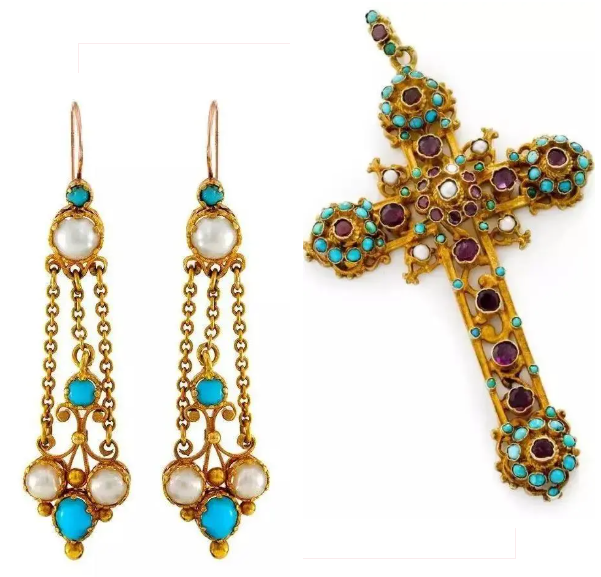
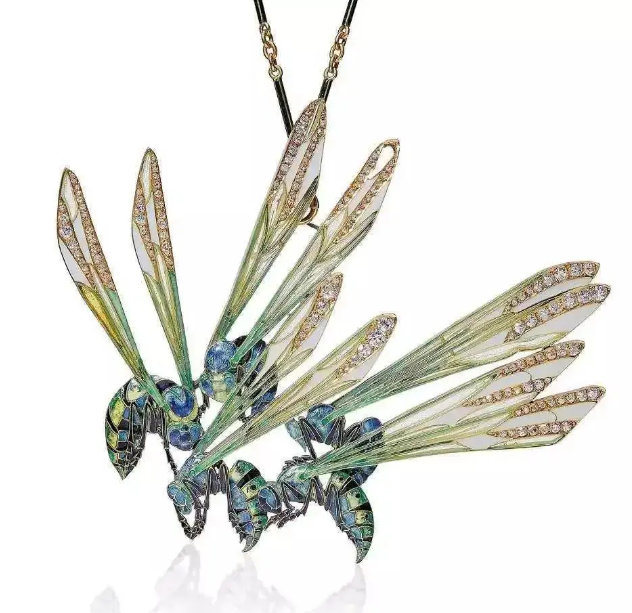
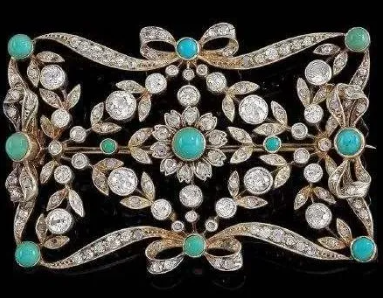
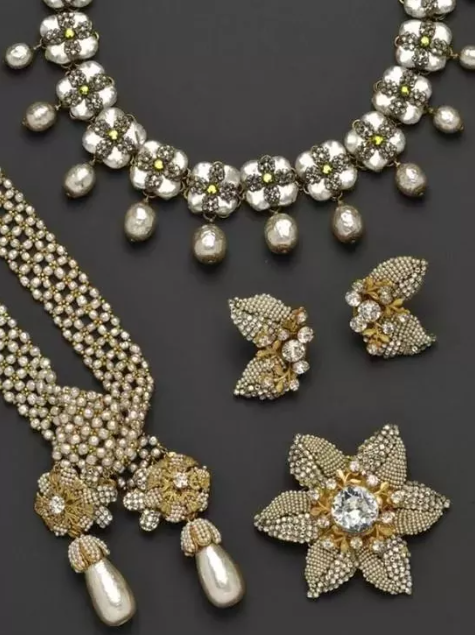
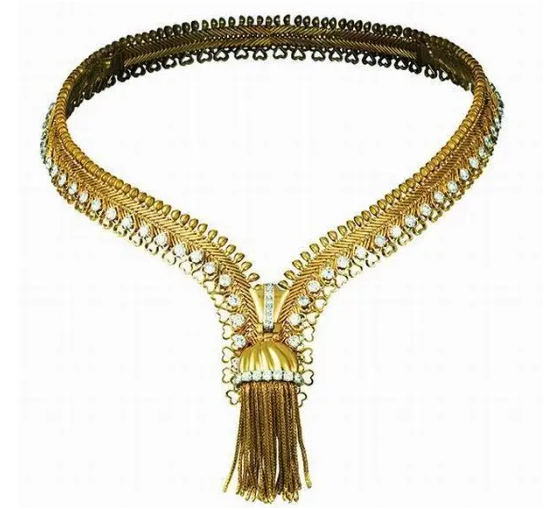
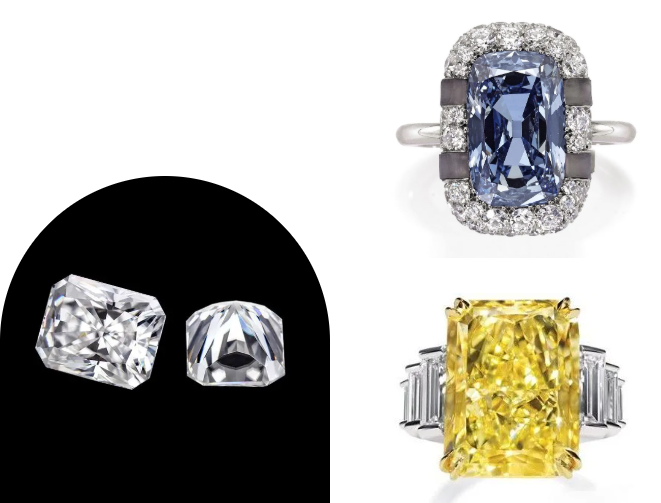
Post time: Jul-04-2024

